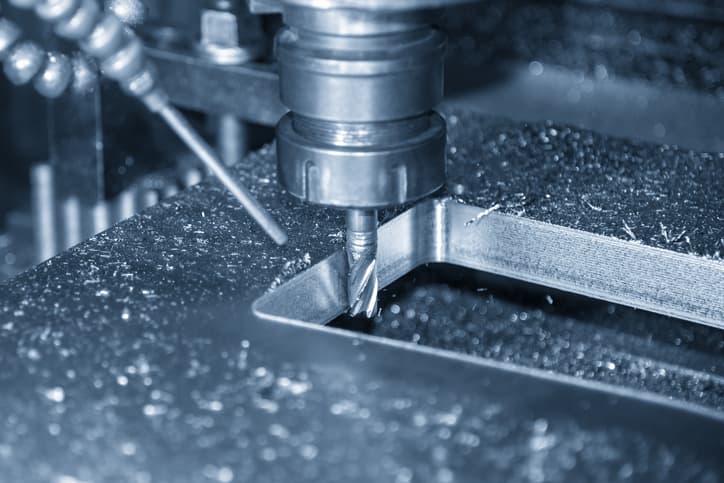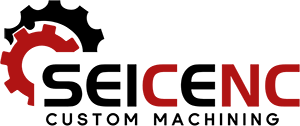CNC machines have revolutionized manufacturing, allowing product designers to automate fabrication and produce high-quality machined parts. However, many product designers find CNC machining cost estimation to be very challenging. As a result, they are often overwhelmed when they receive project quotes from manufacturers.
Several factors can affect the cost of a CNC machining project, including product design, material selection, manufacturing techniques, tooling, and surface finish. This article will cover all these factors. You’ll learn how to estimate and reduce CNC machining costs and create the perfect part for your project.

1. Complexity of Design
CNC machining is a subtractive manufacturing processㅡ, meaning it uses cutting tools to remove material from a workpiece until the desired part is formed. Because of this way of operating, CNC machining has certain design limitations.
For example, the inside vertical corners of a CNC machined part will always have a radius, no matter the size of your cutting tool. Additionally, CNC cutting tools often contact the workpiece from the top surface, making certain features or parts challenging (and expensive) to manufacture.
The more complex your product design is, the longer it takes to machine the part, resulting in higher tooling costs.
2. Labor
The product development process using CNC machines involves several steps. For example, you need to create a 3D CAD file before converting it into a computer program for a CNC machine to use for automated manufacturing.
Since these processes increase labor costs, you can cut costs by performing some of these processes yourself rather than outsourcing them. For example, you can create a 3D CAD of your product before outsourcing review and production to manufacturing engineers.
Your manufacturing cost also depends on how many parts (or units) you want to produce, the more units the more expensive to manufacture. However, the cost per piece is lower for bulk part production than for small batch production.
3. Choice of Engineering Material
The material you choose for your product is a huge determinant of CNC machining costs. Because CNC machining is a subtractive process, it tends to use more material than additive manufacturing processes like 3D printing. CNC shops typically buy these materials in bulk and calculate a price per piece.
Two materials commonly used in CNC machining projects are metal and plastic. Metal is generally more expensive than plastic, so you’ll likely spend more money than plastic when making metal parts.
4. Surface Finish
CNC machined parts usually come off the production line with an impressive surface finish. Machinists won’t charge you an additional fee to create these as-machined parts. However, you should expect a higher project quote if your product requires additional post-processing operations (like anodizing, polishing, and powder coating).
Let Seicenc boost your business today!
Seicenc has been in CNC machining industry for 12 years, let us provide you with high quality custom precision machined parts.
By the end of 2022, we have worked with more than 1,000 clients in more than 30 countries, and supplied them over 1 million unique parts.
Do not hesitate. Just contact us right now! We will give you an instant quotaion within one days!
